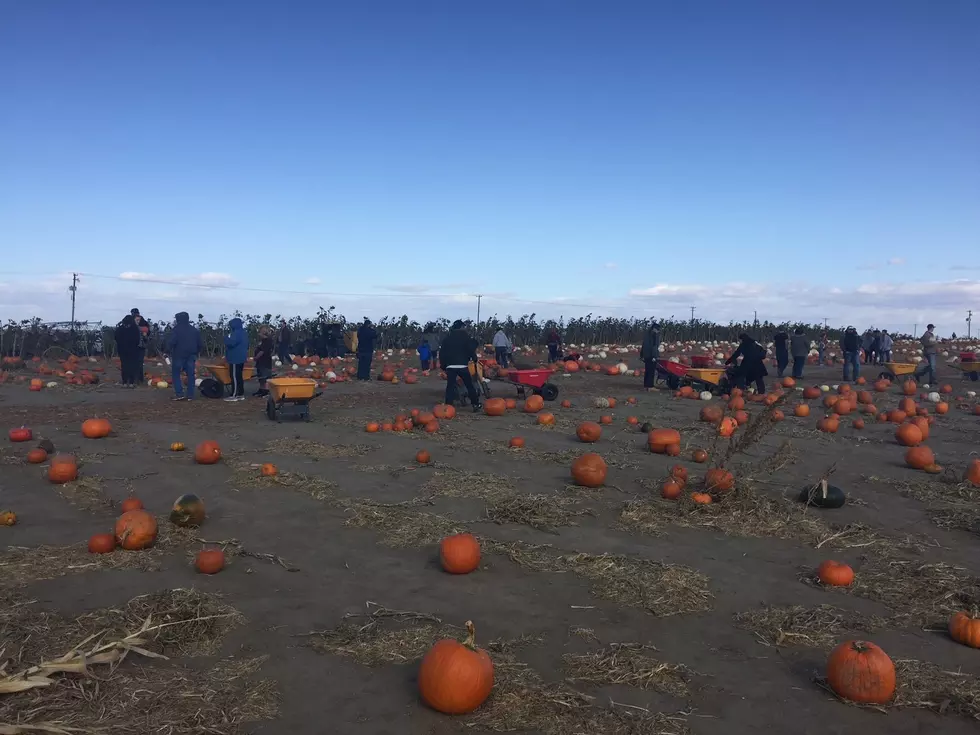
Pink Snow Mold Destruction Found In Surprising Locations Across Washington
Damage to wheat fields caused by snow mold is not new across Washington. What’s new this year, the locations where damage of pink snow mold exists. Tim Murray, plant pathologist at Washington State University said he recently met with growers in Prescott, most of whom had never struggled with snow mold until now. He added the damage happens when the wheat is covered by snow for 100 days or more.
“There’s not a lot of other biological activity going on, and the fungi that are causing these diseases are adapted to grow in that environment. They take advantage of the situation basically, and they have a way of surviving in the soil.”
Murray said at this point, there’s nothing growers can do.
“Once the snow mold has occurred, in the spring after the snow melts, there’s not going to be any foliage above ground, if the snow mold was severe on which to spay a fungicide.”
Murray said the only way to prevent snow mold is to plant resistant varieties, or to spay a fungicide in the fall. He added the Northwest will definitely see some economic damage from snow mold this year.
Murray is advising growers to let a few weeks of warmer weather pass in order to assess the full impact of damage in their fields. At that point, they can decide whether reseeding will be necessary.
If you have a story idea for the Washington Ag Network, call (509) 547-1618, or e-mail gvaagen@cherrycreekradio.com
More From PNW Ag Network









